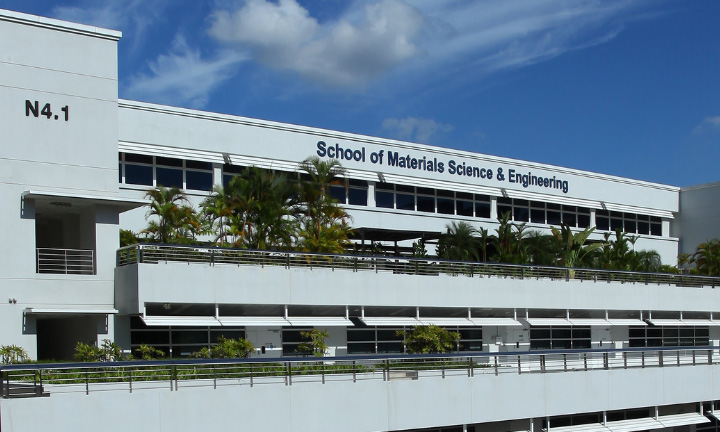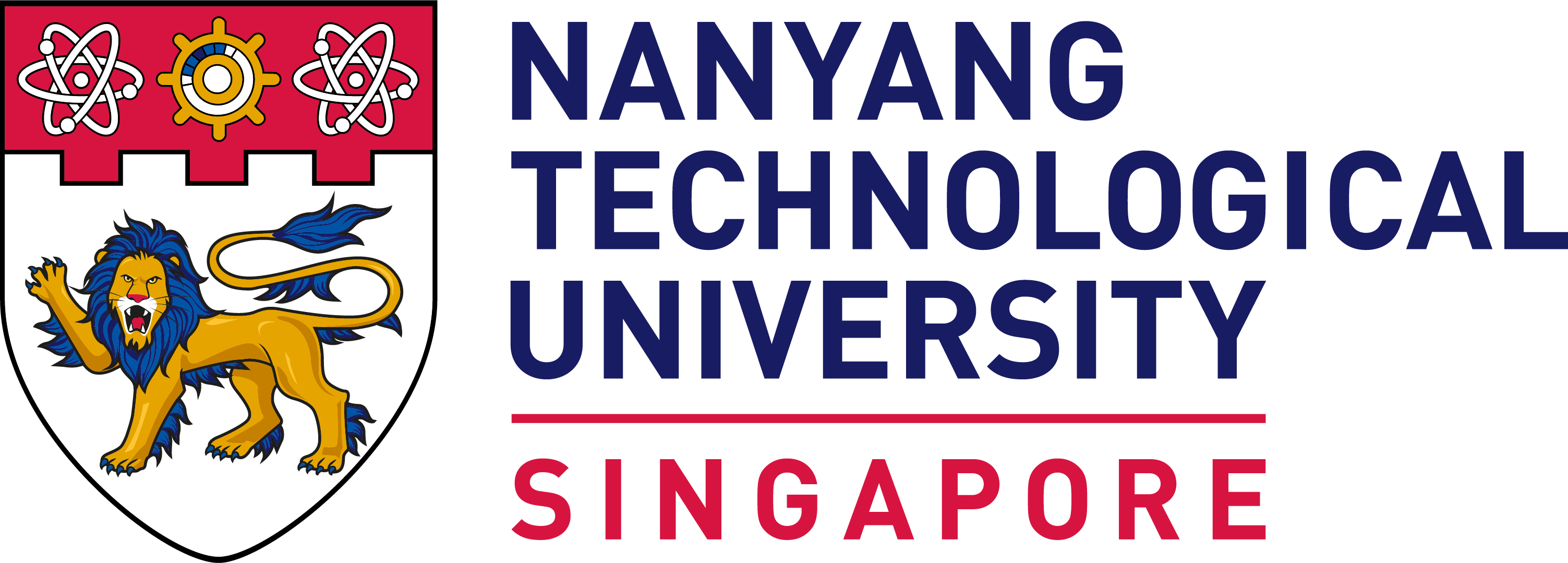What & How can nano do for you?

13 Dec 2024
02.00 PM - 03.00 PM
MSE E-Learning Studio (N4.1-B2-02
Alumni, Current Students
NTU MSE Seminar Hosted by Professor Alex Yan Qingyu
Abstract
Recently, we have focused on the architecture engineering of inorganic nanomaterials for their applications to electrocatalysis and photocatalysis. We present a synthesis of highly durable and active fuel cell electrocatalysts based on ordered M-Pt alloy nanoparticles for oxygen reduction reaction in proton-exchange membrane fuel cells (PEMFC) (J. Am. Chem. Soc. 2015, 137, 15478 & 2020, 142, 14190; Energy Environ. Sci. 2023, 16, 1146). We report highly active and stable Co-N4(O) moiety incorporated in nitrogen-doped graphene (Co1-NG(O)), and Co-phthalocyanine on CNT for electrochemical H2O2 production (Nature Mater. 2020, 19, 436; Nature Catal. 2023, 6, 234). We report highly active single atom Cu/TiO2 photocatalysts for hydrogen generation and CO2 photoreduction (Nature Mater. 2019, 18, 620; Energy Environ. Sci. 2022, 15, 601). We demonstrated a general method for synthesizing atomically dispersed (phtoto)catalysts (ADCs) via photochemical defect tuning for controlling oxygen vacancy dynamics (Nature Mater. 2024, 23, 552). We presented a floatable photocatalytic platform constructed from elastomer-hydrogel nanocomposites, demonstrating its superiority over conventional systems in solar hydrogen production (Nature Nanotech. 2023, 18, 754). We developed various oxygen evolution reaction (OER) electrocatalysts, which are critical for the mass production of hydrogen fuel. We tungsten-d0-oxoanions directly participate in and accelerate the alkaline OER (Joule 2023, 7, 1902). We demonstrated that Ta-doped Co3O4 exhibits low overpotential, while maintaining high catalytic activity for over 140 hours in acidic OER (Energy Environ. Sci. 2024, 17, 3628). We report that doping aluminum into RuO2 (Ir-free catalyst) and RuIrOx (low-Ir catalyst) leads to outstanding activity and excellent durability for OER at a high current density (Chem 2023). We demonstrate that active machine-learning on even small datasets – but supplemented by informative structural-characterization data and coupled with close-loop experimentation – can discover a “champion” four-metal perovskite oxide OER catalyst (Nature Mater. 2024, 23, 108).
We demonstrated that ceria-based nanoparticles can work as therapeutic antioxidants to treat various intractable diseases, including ischemic stroke, sepsis, rheumatoid arthritis, and cardiovascular disease, and as radioprotectants (Adv. Mater. 2020, 32, 2001566; 2023, 35, 202210819; 2023, 35, 2208989; Angew. Chem. Int. Ed. 2012, 51, 11039; 2017, 56, 11399; ACS Nano 2019, 13, 3206; Nature Nanotech. 2023, 18, 1502).
We fabricated epicardial mesh made of electrically conductive and elastic Ag/Au nanowire-rubber composite to treat heart failure (Science Transl. Med. 2016, 8, 344ra86; Nature Nanotech. 2018, 13, 1048; Science Adv. 2023). We fabricated highly conductive and elastic nanomembrane for skin electronics (Science 2021, 373, 1022). We reported a novel device design and fabrication method using metal-based etch-stop layers and a laser-assisted patterning for 3D foldable quantum dot light-emitting diodes (QLEDs) (Nature Electron. 2021, 4, 671), and intrinsically-stretchable quantum dot light-emitting diode (is-QLED) (Nature Electron. 2024, 7, 365). We report ultrahigh-definition and highly efficient QLEDs using a QD/ZnO double layer (DL) transfer printing technique achieved through the surface engineering of a viscoelastic stamp (Nature Photon. 2024, NPHOT-2023-11-01607).
Biography
Taeghwan Hyeon is a SNU Distinguished Professor at Seoul National University (SNU) and a Director of Center for Nanoparticle Research of Institute for Basic Science (IBS). He is recognized for his outstanding contributions in scalable synthesis of uniform nanoparticles, and pioneering research in designed synthesis of inorganic nanomaterials for biomedical, energy, and soft-electronic-device applications. He was listed in Top 100 Chemists in 2011, Highly Cited Researcher (2014 ~ 23), and chosen as 2020 Citation Laureate in Chemistry. He received four major Korean Science & Technology awards including 2022 Grand Prize of National Academy of Engineering of Korea, 2016 Presidential Best Scientist Award, 2012 Samsung Hoam Prize, and 2008 POSCO-T.J. Park Award. He also received 2016 IUVSTA Prize at International Vacuum Congress, and delivered Kavli Foundation Frontiers of Materials Research Lecture (2023). He is an elected Fellow/Member of Korean Academy of Science and Technology, National Academy of Engineering of Korea, US National Academy of Engineering, Swedish Royal Academy of Engineering Sciences, Royal Society of Chemistry, and Materials Research Society. From 2010 to 2020, he served as Associate Editor of J. Am. Chem. Soc.
Prof Taeghwan (Tag) Hyeon
Director, Center for Nanoparticle Research, Institute for Basic Science (IBS) / SNU Distinguished Professor, School of Chemical and Biological Engineering
Seoul National University
Taeghwan Hyeon is a SNU Distinguished Professor at Seoul National University (SNU) and a Director of Center for Nanoparticle Research of Institute for Basic Science (IBS). He is recognized for his outstanding contributions in scalable synthesis of uniform nanoparticles, and pioneering research in designed synthesis of inorganic nanomaterials for biomedical, energy, and soft-electronic-device applications. He was listed in Top 100 Chemists in 2011, Highly Cited Researcher (2014 ~ 23), and chosen as 2020 Citation Laureate in Chemistry. He received four major Korean Science & Technology awards including 2022 Grand Prize of National Academy of Engineering of Korea, 2016 Presidential Best Scientist Award, 2012 Samsung Hoam Prize, and 2008 POSCO-T.J. Park Award. He also received 2016 IUVSTA Prize at International Vacuum Congress, and delivered Kavli Foundation Frontiers of Materials Research Lecture (2023). He is an elected Fellow/Member of Korean Academy of Science and Technology, National Academy of Engineering of Korea, US National Academy of Engineering, Swedish Royal Academy of Engineering Sciences, Royal Society of Chemistry, and Materials Research Society. From 2010 to 2020, he served as Associate Editor of J. Am. Chem. Soc.

